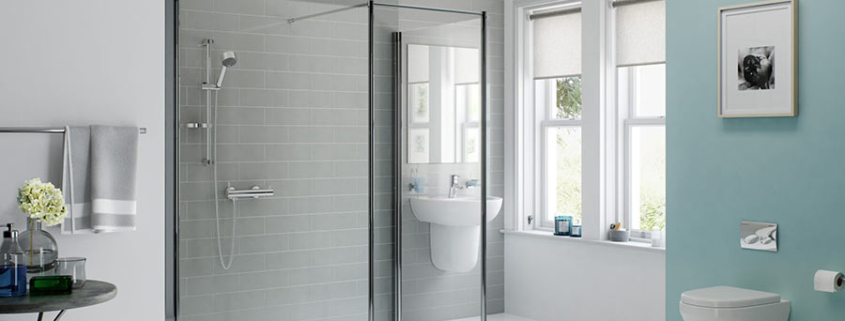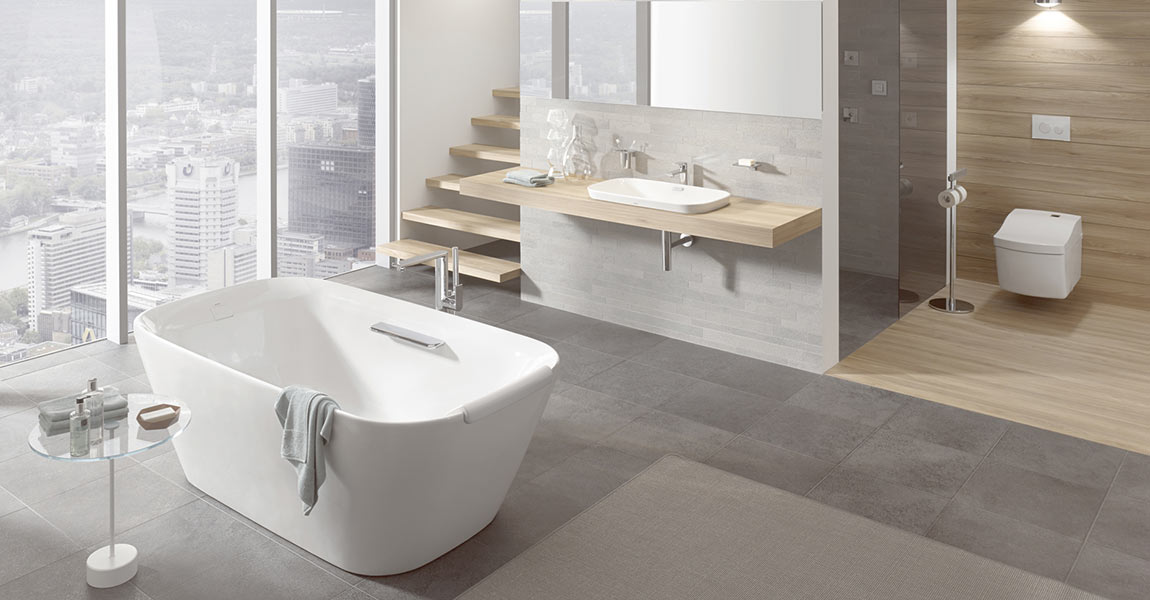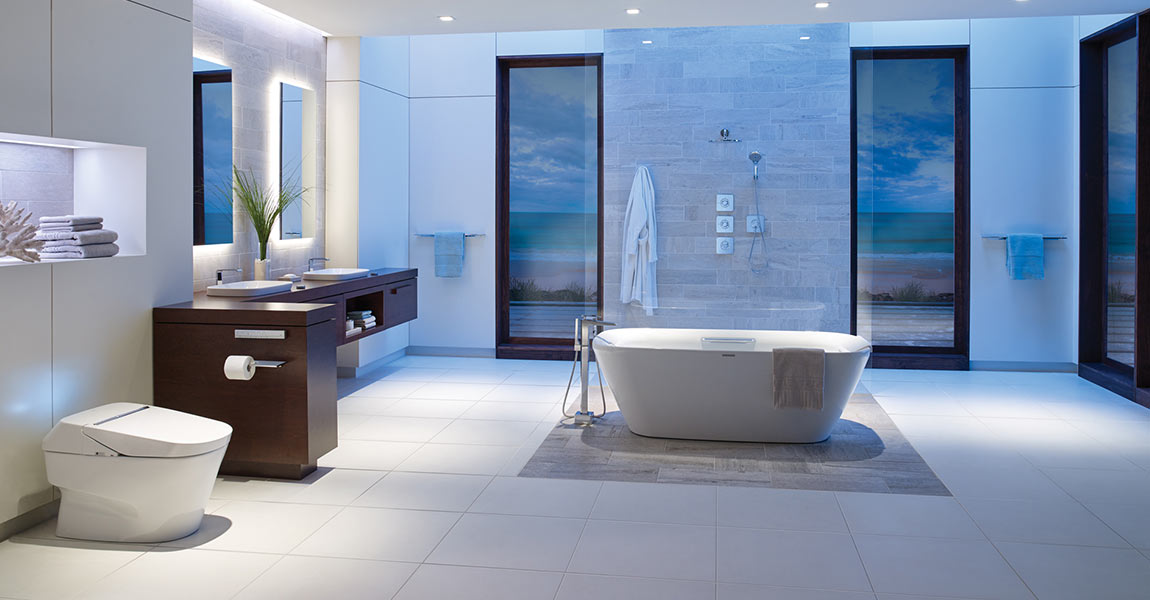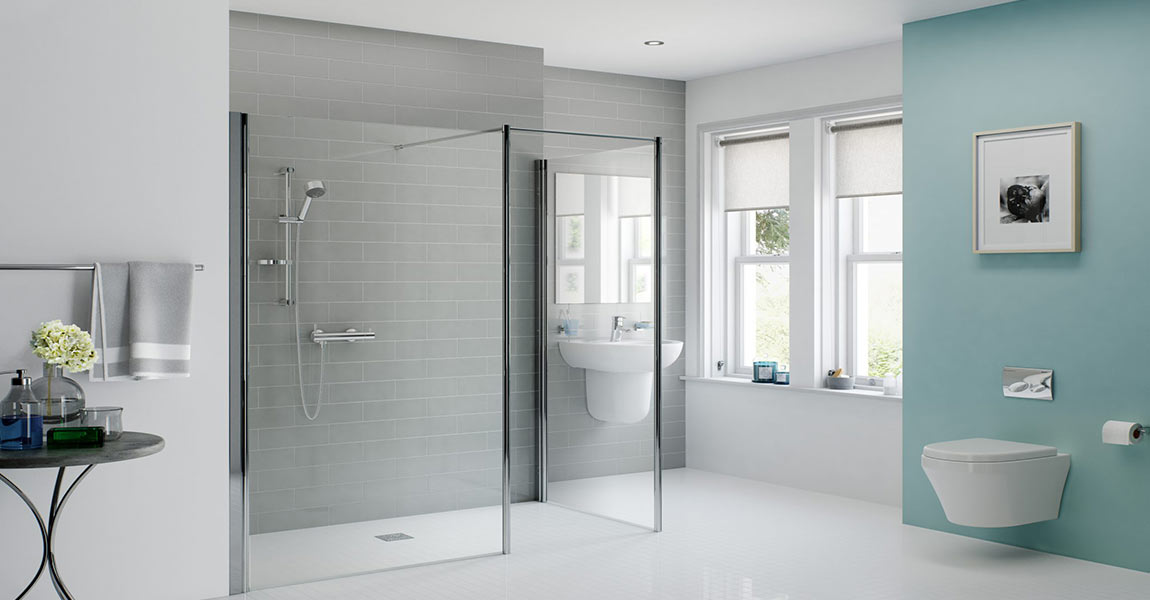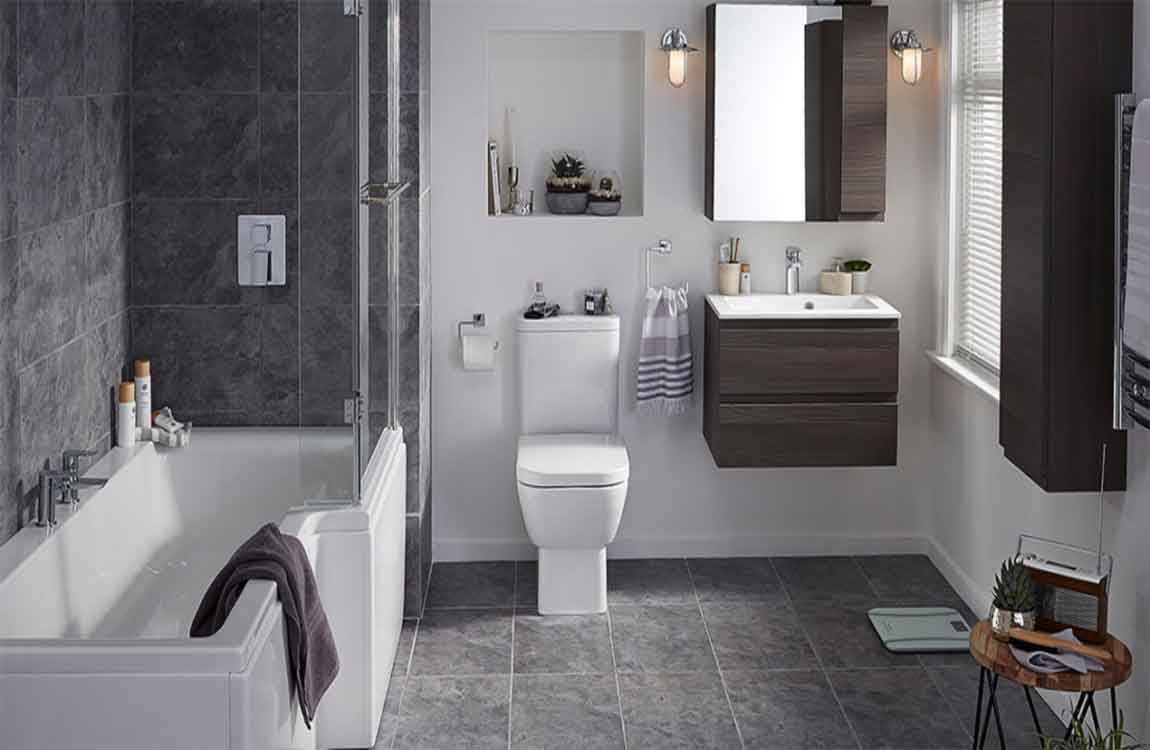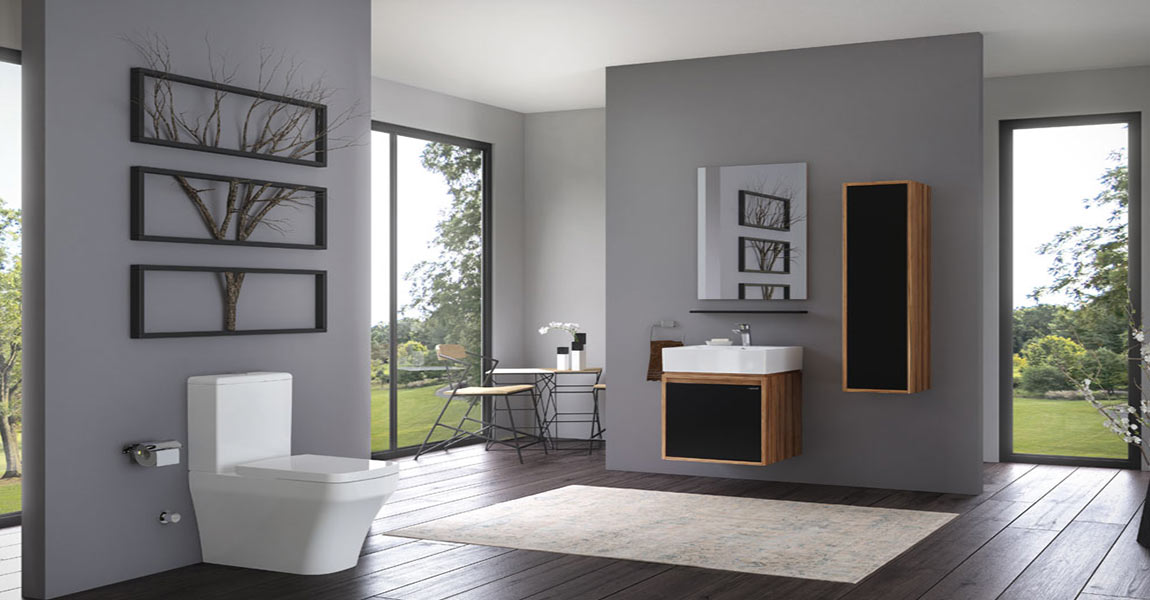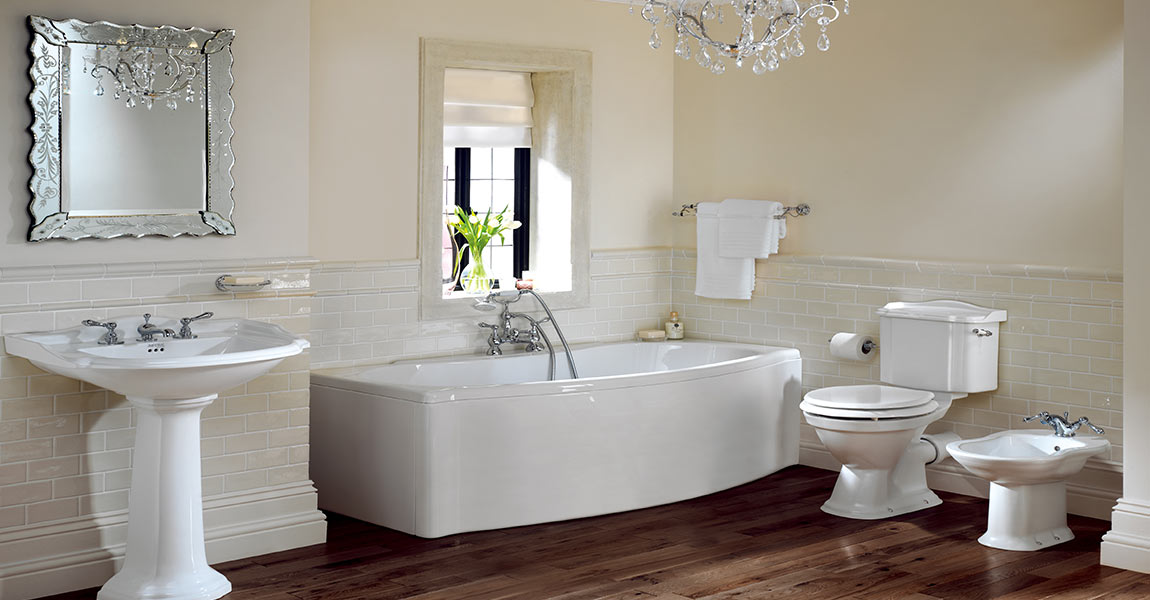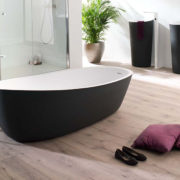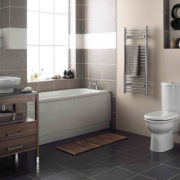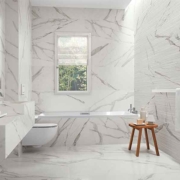Why are the toilets made of ceramics?
We have been sitting in the same toilet (or squatting on the same squat toilet for centuries). Sewage pipes are almost hidden from the past, and the seats of toilets are also made in various styles, using different materials. But for the toilet, the material has almost never changed since it was invented for hundreds of years, almost use porcelain materials.
But why don’t we replace it with modern synthetic materials? Technology is so developed that we must have better materials than porcelain, with a better appearance and no peculiar smell. But we really don’t have a better material than porcelain. Toilets need to have the following three abilities: First, it must be a flushing machine. Second, it must be waterproof, clean, and hygienic. In the end, it must be strong. Because people are sitting on the toilet, and some people are very heavy. And porcelain, has met the above three requirements.
For most users, toilets must be a very effective waste cleaner. The toilet design is very complex. Water tanks, valves, overflow pipes and sewage pipes are all very fine. It contains a lot of intricate engineering applications. Glass like ceramic toilet is made of clay and water. The process of producing toilets includes billet manufacturing, body forming and porcelain sintering. These processes are relatively simple and the cost is very low.
On the other hand, the process of making plastics is extrusion, or injection molding. For toilets with complex structures, the cost of using plastic is too high. That’s why plastic is generally found in toilets only seats: using it as a leading material can lead to high costs. That’s why plastic is generally found in toilets only seats: using it as a leading material can lead to high costs.
One more factor is durability. When we use the toilet, it is best not to leak or spray anything. Porcelain with strong durability is very firm and rigid. This plastic can’t be guaranteed. If you are a skinny person with normal physique, you may not feel very deeply about this. However, for an overweight person, if he makes a toilet every time, he will make a hard landing. The toilet is also a durable product. It can be imagined that plastic materials will gradually become curved under the strong impact of one to two times a day. This is a very important user experience.
So it’s not realistic to make the toilet with plastic. What about stainless steel? Stainless steel is not only strong, but also the production process is not very complicated. Although stainless steel is also very strong, but it is very sensitive to changes in temperature. It may freeze your butt on the toilet. A plastic seat above the stainless steel toilet looks weird. As long as I think about toilets in prison and toilets on trains, I think the toilet should never be stainless steel.
Porcelain is also very waterproof. Porous materials not only contain water, but also provide conditions for the propagation of bacteria. Toilets, which are specially designed to clean waste, are not affected by bacteria and water. Then the secret of porcelain waterproof is the glaze. As mentioned before, glaze keeps bacteria and water in the outer layer of glaze, which is also easy to clean up.
Porcelain has always been the first choice for toilets and bathroom materials for many years. This is indeed impressive. Everyone in the world may use the toilet in a different way, but the same thing is that it must be comfortable and clean. This is also the origin of the high standard of BARANA bathroom sanitary wares.

